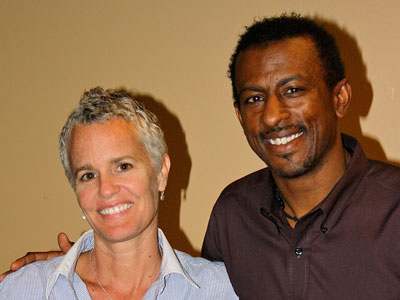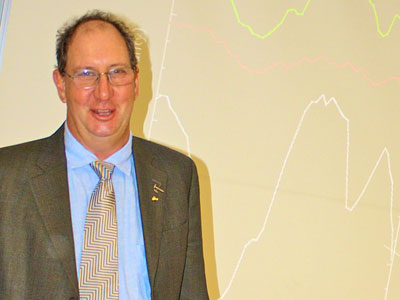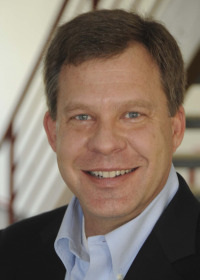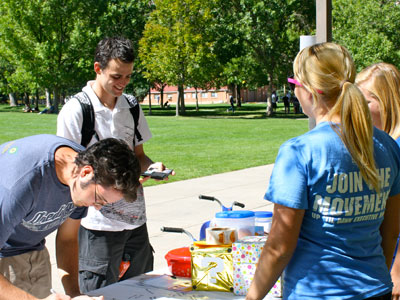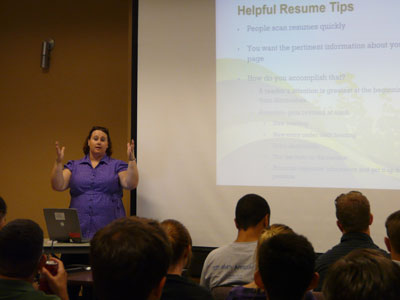Race and politics continue to drive American history
America is a place where the phrase “United we stand, divided we fall” rings true. However, faith and race have created an interesting division within politics since the country’s beginnings. At the most recent Hennebach lecture, Nancy Wadsworth, the Assistant Professor of Political Science at the University of Denver, spoke about connecting faith and race in American political life.

